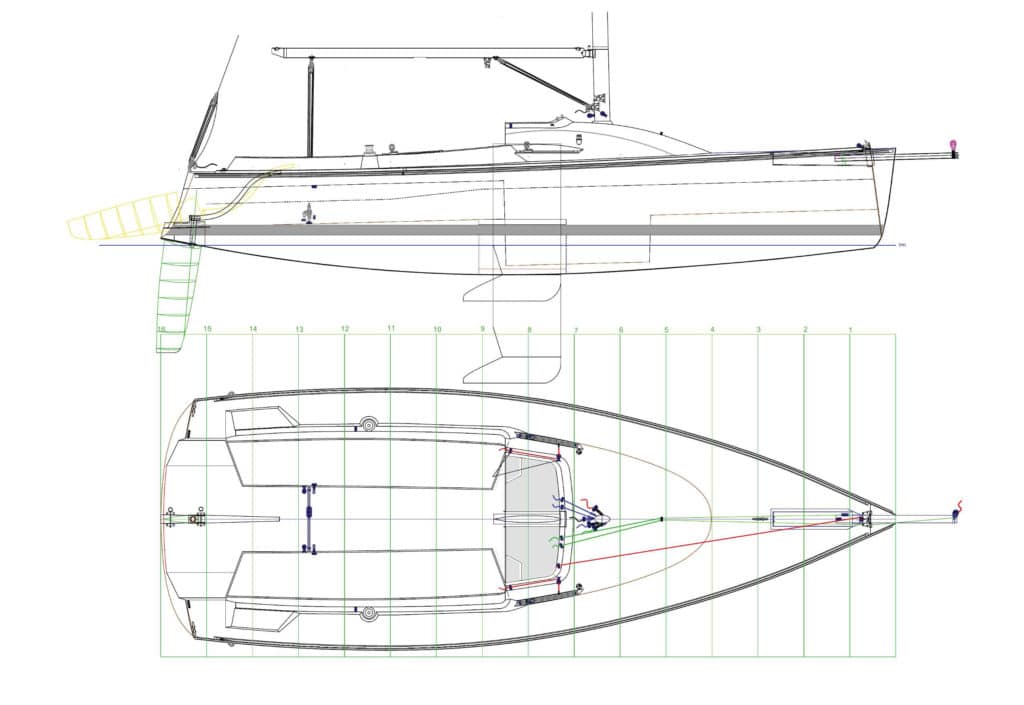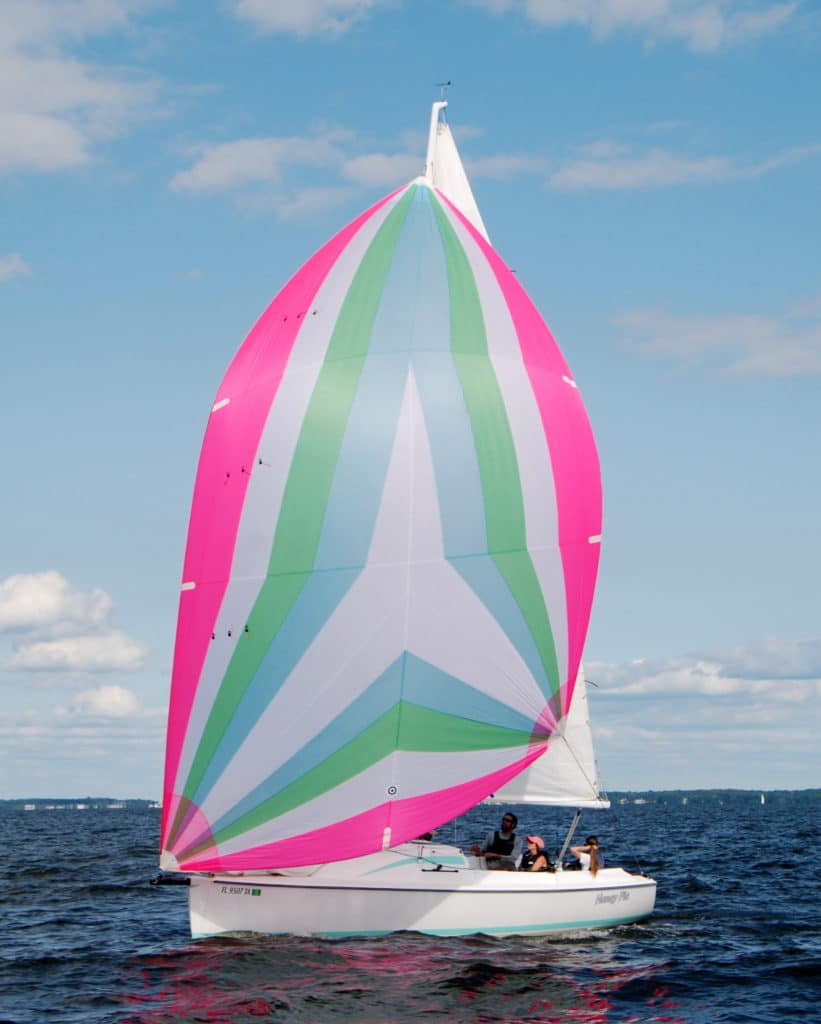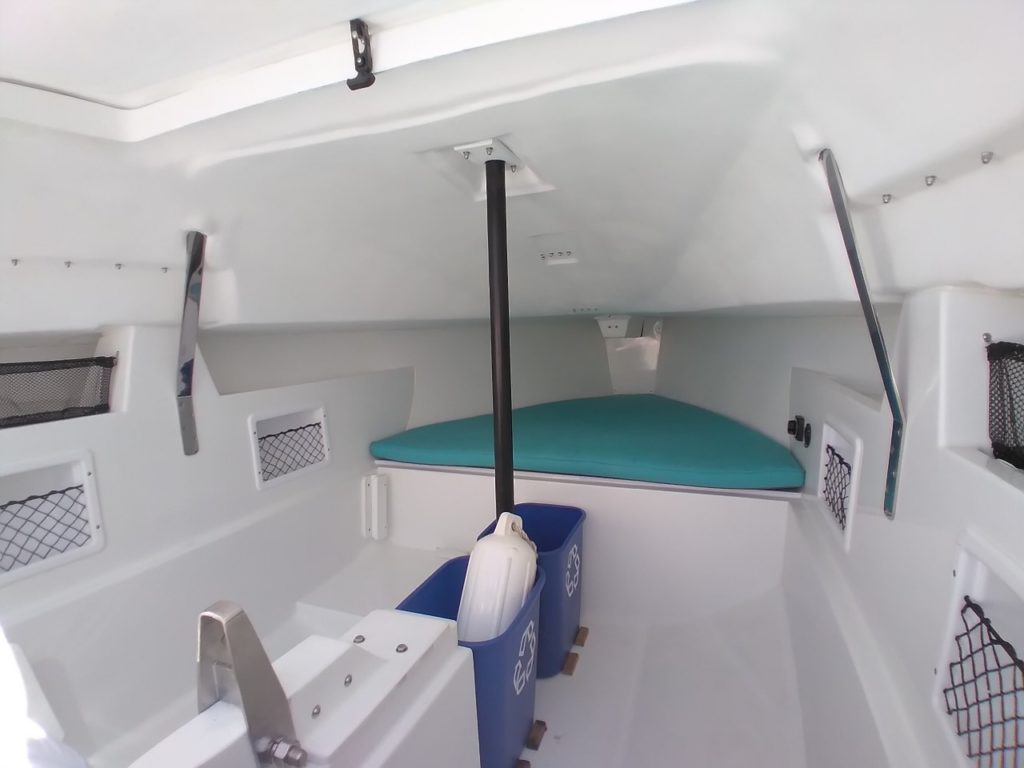
Like most things in life, the new Tartan 245, was born of necessity—and the desire for something ideally suited for the purpose. And this is how yacht designer Tim Jackett, of the Marine Manufacturing Group in Painesville, Ohio, created the Tartan 245 with Cai Svendsen, a customer who once owned a sailing school in Miami’s Biscayne Bay. This particular retired sailing instructor, who also owned a C&C 99, had experience with a wide variety of boats over the years, and naturally, had ideas of his own that would combine to make the ideal wind-powered vessel for harbors and bays. Jackett, as he’s known to do, took on the gentleman’s challenge and ran with it.
“He had always been thinking about a boat that would fit him better,” Jackett says. “So, we wound up moving along to the point where he wanted to see it happen. He funded the tooling and built the first boat. The goal was a boat that could be used in sailing schools but also be sporty enough for private ownership.”
The result is the 245, a conservative-leaning 24-footer that Jackett says is designed to accommodate four learn-to-sail students and an instructor, or a couple out for harbor cruise. “There’s a nice big cockpit with reasonable seatbacks and a limited cuddy cabin for sails and life jackets,” he says. “There’s room for an instructor in the companionway or aft of the tiller.”
Easy trailering and off-season storage are essential traits of any small keelboat, so to this end, the boat has a lifting keel and a deck-stepped carbon rig (and boom, both built in-house). The 900-pound keel is a composite fin with a lead bulb.
Jackett says they didn’t want a transom-hung rudder, which is vulnerable to damage in the sailing school environment, so instead, the rudder sits in a hinged-cassette arrangement that allows it to be easily pulled up and out of the water.

The standard sail plan has 285-square feet of upwind cloth, and while the initial concept was for a 110-percent jib with hanks, Jackett says early user reviews with the first boat in Annapolis, Maryland, have recommended a roller-furling jib instead, which keeps sailing school students off the foredeck as much as possible.
The asymmetric spinnaker package is optional and it has a centerline retractable carbon sprit from the stem that’s recessed into a covered well in the foredeck. Spinnaker sets and douses, Jackett says, go easy in and out of the wide companionway, and with the additional boost of the kite, says Jackett, in 15 to 20 knots, the boat has proven to “jump up and go.”

The quoted price of $49,165 does not include the options for: batteries, electric outboard, Porta-Potti, safety gear or electronics.









